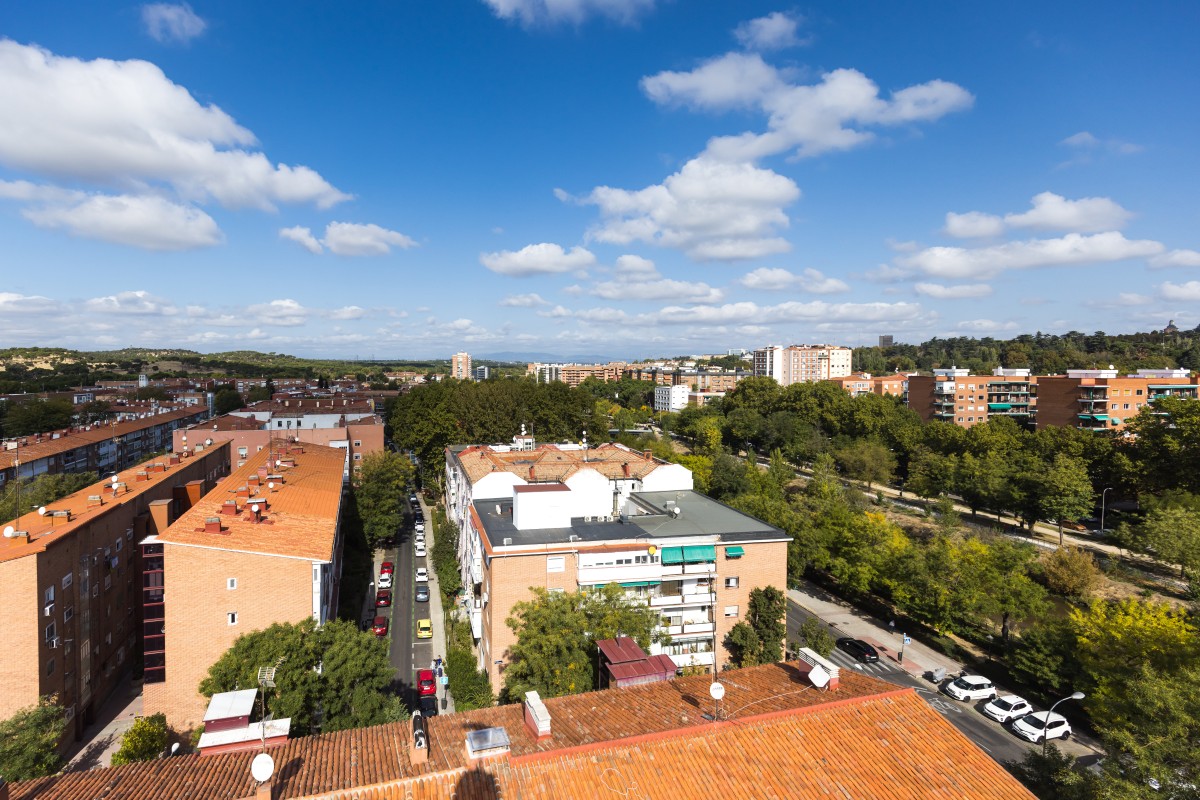
It has been just over five years since interventions in the rental market commenced. The first measure involved approving changes to the Law on Urban Leases (LAU) in March 2019, which extended contracts from three years to five or seven years. This was followed by a series of decrees and measures culminating in the approval of the Housing Law in 2023. All these initiatives were ultimately aimed at improving rental accessibility, with a primary focus on pricing. Five years should be sufficient time for any implemented measures to demonstrate their impact. Unfortunately, in this case, not only has the impact fallen short of expectations, but it has also led to a deterioration of all relevant metrics.
The key to the rental crisis lies in the lack of supply. However, rather than implementing measures to stimulate it, authorities have focused on targeting landlords, which has led many to withdraw from the market. According to the permanent rental supply data from idealista, a family searching for a home today will encounter 33% fewer properties available compared to five years ago. This figure rises to 75% in Barcelona and 46% in Madrid.
The primary consequence of the dwindling housing stock is the increase in prices, as demand remains the same or grows while supply becomes increasingly scarce. Over this period, rental prices have surged by 28% in Spain and by 25% in Madrid. In Barcelona, despite two periods of price control, rents have increased by 33% over the past five years. This rise in prices, if not matched by a similar increase in household income, directly affects the financial burden families face when trying to access housing. In Spain, the proportion of average household income allocated to rent has risen from 33% to 36%. In Madrid, this figure stands at 38%, while in Barcelona, it has escalated to a staggering 46%.
The lack of supply has resulted in yet another undesirable consequence: an increase in competition among families for each property that becomes available on the market. In 2019, there was an average of seven families competing for each listing on idealista, but by the same time in 2024, this figure had risen to 32. Focusing on the major cities, in Madrid, the number of candidates has surged from 10 to 43, while in Barcelona, the increase has been even more pronounced, rising from 9 to 63 families competing for each property.
This unchecked surge in demand for each listing not only results in rising prices and the anxiety faced by many families but also directly contributes to the exclusion of the most vulnerable groups and young people. In an environment where demand continues to increase while supply diminishes, landlords have a wider range of profiles to choose from and tend to favour those who offer greater security in terms of payment and the ability to reclaim their property in case of disputes. This situation makes it nearly impossible for families at risk of vulnerability – or those who are already vulnerable – to be selected as tenants. This creates the opposite effect of what the legislator intended.
It seems clear that the path taken since 2019 to intervene in the rental market has only succeeded in worsening a situation that was already problematic. After five years of negative results, we should reflect on whether it is necessary to continue insisting on failed policies and targeting landlords as if they are part of the problem when they are, in fact, the most crucial part of the solution. At idealista, we advocate for a shift in rental policies, recommending the removal of all detrimental measures and the establishment of a new approach grounded in data, balanced interests, and expert opinions.